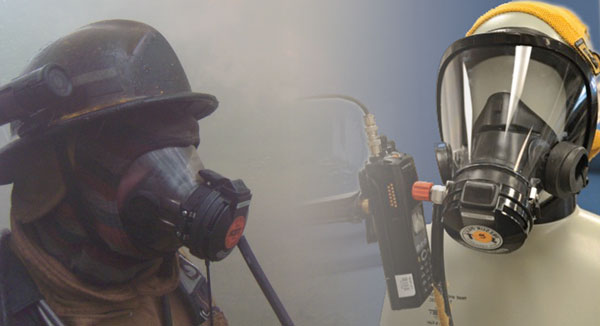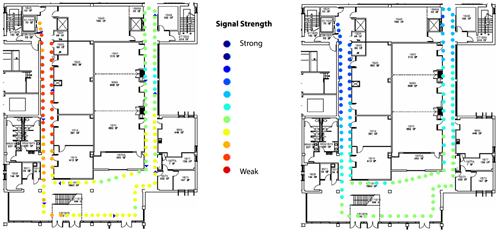Institute for Telecommunication Sciences
Visit ITS's Main Website.
The Institute for Telecommunication Sciences (ITS), located in Boulder, Colorado, is the research and engineering arm of NTIA. ITS provides core telecommunications research and engineering services to promote:
- Enhanced domestic competition and new technology deployment
- Advanced telecommunications and information services
- More efficient use of the radio frequency spectrum
ITS also serves as a principal Federal resource for investigating the telecommunications challenges of other Federal agencies, state and local governments, private corporations and associations, and international organizations. In particular, this includes assisting Federal public safety agencies, the FCC, and agencies that use Federal spectrum. Current areas of focus include:
- Research, development, testing, and evaluation to foster nationwide first-responder communications interoperability
- Test and Demonstration Networks to facilitate accelerated development of standards for emerging communications devices
- Analysis and resolution of interference issues
ITS Director: David Goldstein
David's email
Contact
Institute for Telecommunication Sciences
325 Broadway, MC ITS.D
Boulder, CO 80305–3337
(303) 497–3571
ITSInfo
Related content
New Research Details Ways to Improve Voice Quality of Emergency Communications
One of the most challenging aspects of public safety communications is maintaining audio quality in the harsh noise environments in which fire fighters, police officers and other first responders operate. The National Public Safety Telecommunications Council (NPSTC), a federation of public safety organizations, has identified audio quality as a critical requirement, noting that first responders have an immediate and sometimes life-and-death need to understand exactly what is being communicated during an emergency. Today, the Institute for Telecommunications Sciences (ITS), NTIA’s research laboratory in Boulder, Colo., has released a new report that describes an effort to identify which digital speech and audio technologies are best-suited for mission-critical voice communications over a fourth generation (4G) wireless network using cellular infrastructure.

ITS Engineer conducting research highlighted in new report
Sustaining ITS Technical Expertise through the Senior Technical Fellow Program
The Institute for Telecommunication Sciences (ITS), NTIA’s research and engineering laboratory in Boulder, Colo., provides critical support to NTIA and other agencies by performing basic and applied research in radio science—which enables every wireless communications device, from smart phones, to military radars, to space satellites to operate.
As part of our efforts to expand the reach of this important work, I am pleased to announce the launch of a new Senior Technical Fellow program to enhance the Institute’s focus on scientific excellence and engineering innovation. It also provides a more formalized way to sustain and share ITS technical expertise with the Institute’s younger generation of engineers. The program recognizes the outstanding technical achievements of senior ITS researchers and allows them to devote more time to training and mentoring junior and mid-level scientists and engineers.
Frank Sanders, who has served as Chief of the Telecommunications Theory Division, has been named as the first senior technical fellow under the new ITS program. He is a renowned subject matter expert on radar system design, radar spectrum emissions, and radar receiver sensitivity to interference, and on the analysis and resolution of electromagnetic compatibility problems.
Innovative Research Helps Emergency Responders Better Communicate While Indoors

These diagrams illustrate the results of measurements of signal strength along one walk route. On the left are the results of when signals are being transmitted only by the cell tower located two km from the test site. On the right are the results of when transmissions are supplemented by in-building systems. The benefits of supplemental cells are easily seen by comparing the colors between the left and right diagrams with red showing poor coverage and blue showing good coverage.
Nearly everyone is familiar with the need to step outside a building to complete a wireless call. Modern building materials, such as aluminum, steel and even specially-coated window glass, significantly reduce or even block wireless signals
While it might be inconvenient for your average mobile device user, it could become a matter of life or death for an emergency first responder. Police officers and firefighters cannot stop what they are doing to leave a building in order to communicate during a time of crisis.
